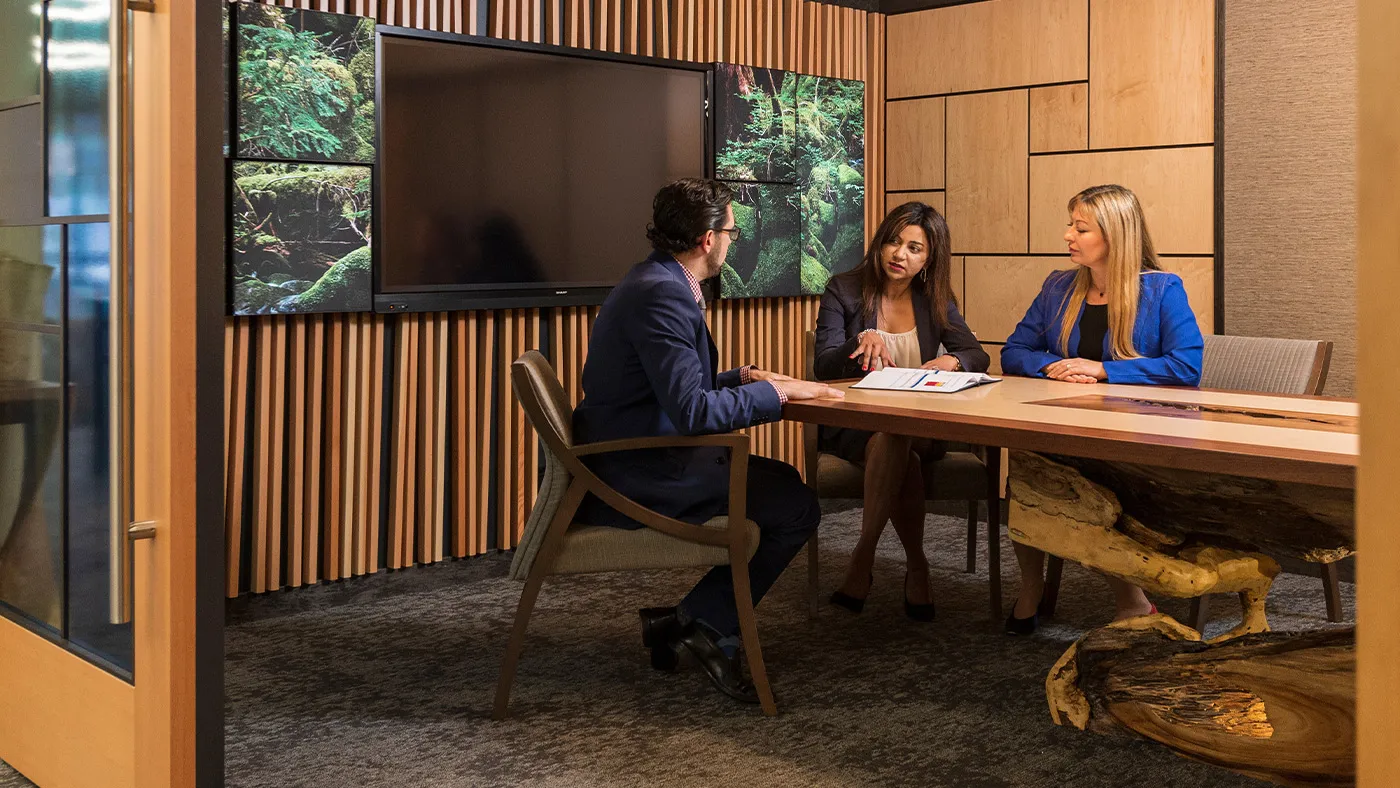

It’s hard to overstate how swiftly the BC commercial real estate market has changed in the past year. In early 2021, buyers were enjoying the lowest interest rates in generations. That made the question of whether to acquire new property – or make the move from being a renter to an owner – simple to answer for many business owners.
Fast-forward to the spring of 2022 and we’re looking at soaring interest rates, soaring inflation (with the Canadian consumer price index jumping 6.7% year over year in March), a likely series of 50-basis-point rate hikes from the Bank of Canada, and ballooning property prices. Prices have risen so quickly that in some areas of BC, such as Metro Vancouver, it’s difficult for today’s buyers to cover their mortgage costs with rental income, unless they’ve built up a large cash reserve to put down on the purchase.
The bottom line? There are still opportunities available, but these days, it’s particularly important to be choosy and ensure you’ve thoroughly conducted your due diligence. Here are some tips to help you navigate the swiftly changing commercial property market.
Where the hot properties are
With soaring consumer demand for goods, it’s no surprise that industrial properties – warehouses, in particular – are still highly sought after, particularly around port areas. According to numbers from Avison Young, $2.3 billion in sales were made in the space in BC in 2021, setting a new record. That amount equalled nearly half of all of the $5.3 billion worth of commercial real estate deals made last year – also a record.
Even with rising rates, the industrial market is likely to remain tight for the foreseeable future, as 75% of construction underway in the space is already spoken for.
Triple net leases help secure financing, hedge against inflation
One factor that has driven interest in commercial real estate is the triple-net lease, which is dominant in BC.
Under a triple-net lease, the tenant is responsible for the costs of maintaining and operating the building, including property taxes, utilities and repairs. That can drive tenants toward buying, if they have built up a large enough cash reserve to do so (after all, if you’re paying all the operating costs on your space, why not just own it?).
A triple-net lease can also help a property buyer qualify for financing, because the property’s operating costs aren’t coming out of your monthly cash flow, leaving you more room for debt servicing. By passing off all the costs to your tenant – most of which are quickly rising these days – you’re also giving yourself some protection from inflation.
Buying through a holding company has considerable advantages
Once you’ve zeroed in on a property you’re interested in and decided how you’ll structure the lease (if you plan to rent it out), it’s time to think about the purchasing process. “For most owners, the best approach is to purchase through a separate holding company that just holds that property,” says BlueShore Financial business advisor Robert Lewis.
Setting up your commercial property as its own company, separate and apart from your operating business and your personal affairs, makes sense for a number of reasons.
For one, you’ll be able to sell the property and the business separately, should you wish to do so in the future. Secondly, owning your building through a holding company gives you some protection from liability if, for example, someone gets hurt while on your property. In that case, they could only sue the company that owns the building, not your business. And if you own multiple buildings, Lewis suggests having a holding company for each one, not all of them, to further contain your liability risk.
The main disadvantage is that you’ll have to pay for financial statements to be prepared, reviewed and filed for each company you own annually, but that’s a small cost in relation to the flexibility and liability protection the structure provides.
No matter how you decide to proceed, make sure you consult a lawyer and an accountant to ensure you have the best ownership structure for you and your business.
Financing: Consider a shorter term, or “blend and extend”
In commercial, as well as residential, real estate, the debate over fixed versus variable debt continues. Take a variable rate and you’ll likely save money compared to a fixed rate for now, as variable debt is currently available at rates that are significantly discounted to fixed. However, variable rates are tied to the Bank of Canada’s policy rate, which is projected to continue climbing in the months ahead.
If you go with a fixed rate, which is set according to Government of Canada 5-year bond yields, you risk locking in at a higher rate now, as bond yields have soared in the last few months – and remaining locked into that rate if, as some economists have forecast, a recession occurs next year and rates retreat.

One option that could work for some borrowers, according to Lewis, is a shorter fixed-rate term. So instead of going with a five-year term, which is the norm in commercial or residential real estate, look to two or three years, which will give you a fixed payment now and the ability to reassess in a year or two, when rates may be falling. Also, if you have a current mortgage, your lender may also be able to work with you to “blend and extend,” or add to your current debt while blending your current rate with a new one, which may be advantageous over borrowing solely at current rates.
No matter which way you proceed, Lewis suggests locking in debt where possible, so you have a line of sight on what their payments will be for the next few years.
For new builds: Lock in contracts ASAP – and consider larger suppliers
It’s a tough time to build a new facility, with material costs changing seemingly every day. Consider lumber, the spot price of which has jumped considerably since the start of 2020.
How do you plan a build in an environment like this? “The key is to get a number of quotes and lock in favourable contracts as soon as you can,” says Lewis. He also suggests favouring larger builders, as they enjoy significant economies of scale and may be able to pass those savings off to you. Moreover, they may already have the materials you need in stock (and paid for).
If you’re downsizing…
Finally, with a hybrid work model likely here to stay, you may have excess office space you’re not using. If so, and if you currently rent your space, consider subleasing. Doing so may give you an edge when trying to attract a tenant because if you’ve held the lease for a long time, your rental rate is likely lower than what a new tenant would pay if you were to leave and they were to take your place.
Here’s something else to consider: you may have some takers for your excess space whom you never would have considered pre-pandemic, as the events of the last couple of years have jumpstarted the growth of many new types of businesses. Lewis cites “ghost kitchens” as an example. These operations cook food for other restaurants or for delivery, so there’s no need for a dining room, a drive-through window or even much parking, as they have no wait staff.
Let our business advisors help guide your next property purchase
If you’re considering buying or selling commercial property, make sure you consult with a BlueShore business advisor first. They have the market knowledge and experience you need to make sure your next real estate deal fits with your business needs and goals.

Have a question? Ask an expert
Herta LeMare Business Advisor
Our team of experienced professionals are here to answer any questions you may have.